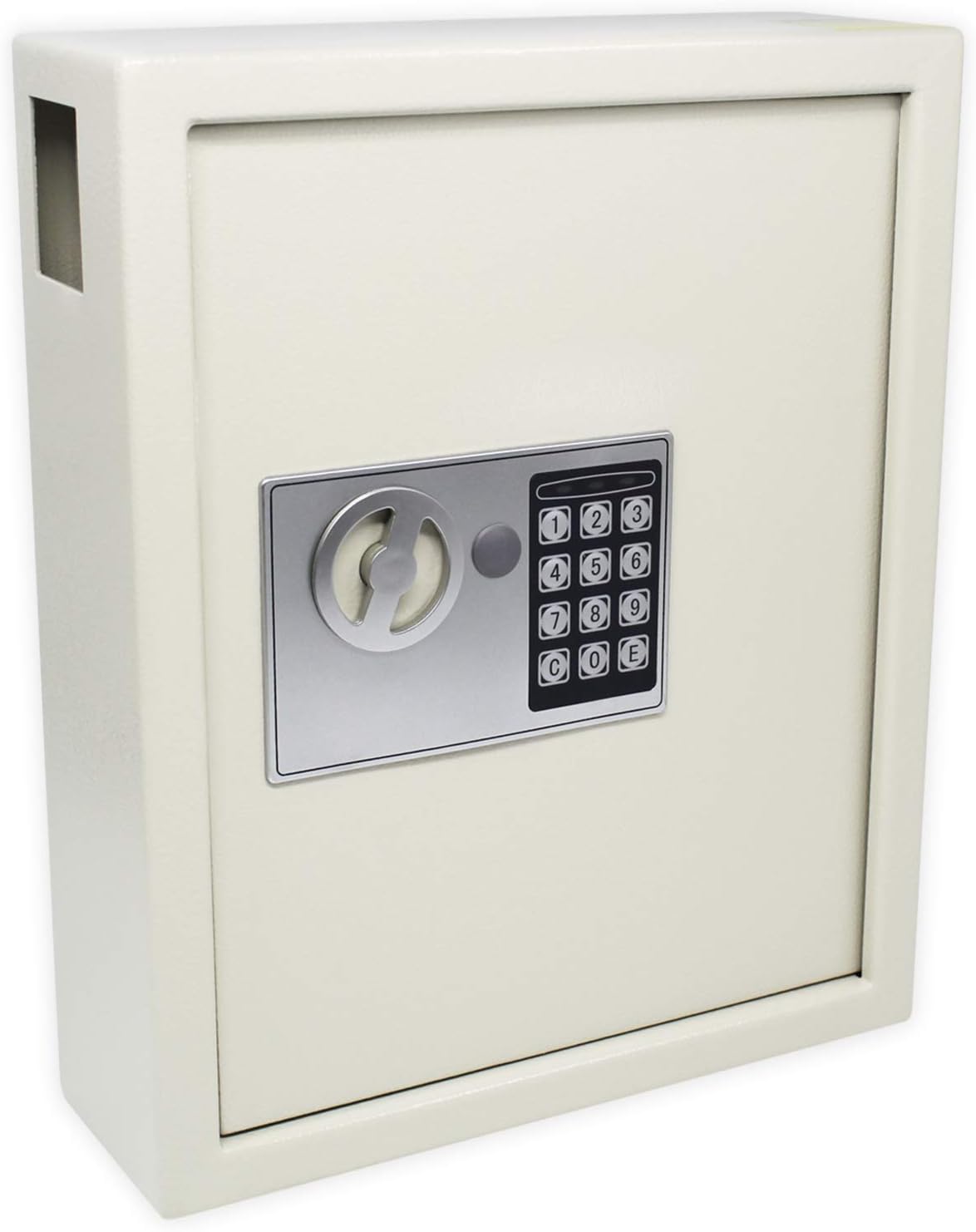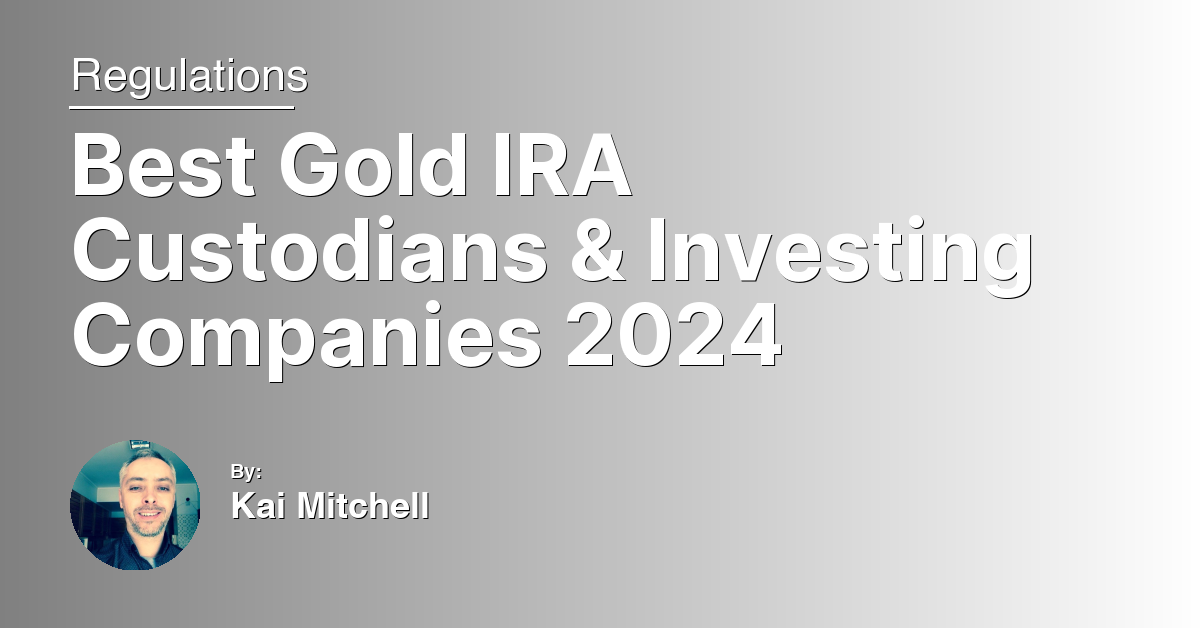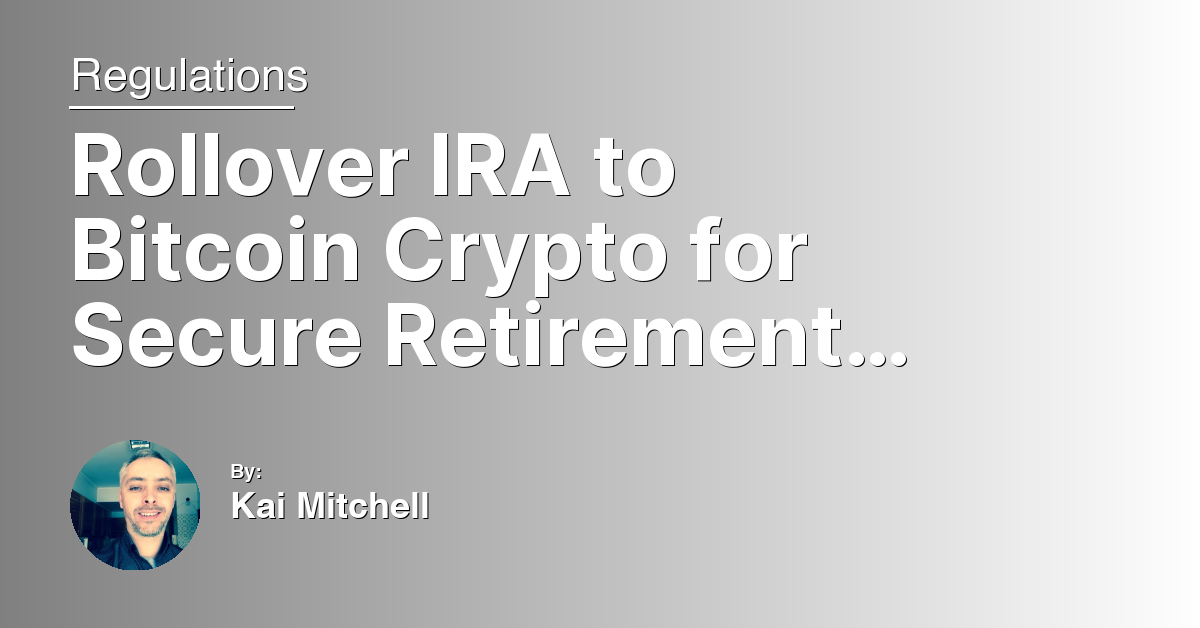In a financial landscape punctuated by unpredictability, savvy investors often seek refuge in the timeless allure of precious metals. Within the pages of this comprehensive guide, we delve into the intricate world of Gold and Silver IRA investing—a realm where opportunity and caution intersect. From navigating the nuanced rules that govern these accounts to understanding the potential risks and tax implications involved, this article serves as your essential roadmap. Whether you’re a seasoned investor or new to the game, equip yourself with the knowledge to make informed decisions in the pursuit of securing your financial future.
Understanding Precious Metals IRAs
Investors often choose precious metals IRAs for portfolio diversification, as metals like gold and silver have historically provided a hedge against inflation and currency devaluation, especially evident during the 2007–2008 financial crisis. However, it’s crucial to be aware of the fees involved, including setup, storage, and insurance costs, which can affect overall returns.
When investing, understanding the rules around Required Minimum Distributions (RMDs) is vital. Unlike traditional IRAs, precious metals IRAs can pose challenges in meeting RMDs due to the physical nature of the assets. Liquidating metals to satisfy RMDs can incur additional fees and potentially impact the investment’s long-term growth.
Lastly, while precious metals themselves are not taxed, any gains realized upon their sale within an IRA are subject to income tax, similar to withdrawals from traditional IRAs.
Setting Up Your Metals IRA

Next, fund your IRA. This can be done through a transfer from an existing IRA, a rollover from a qualified retirement plan, or a fresh contribution, subject to annual IRS limits.
Investment options include bullion coins like the American Gold Eagle and Canadian Gold Maple Leaf, and certain bars of gold, silver, platinum, and palladium that meet IRS fineness standards. While stocks in mining companies, precious metal mutual funds, and ETFs can be IRA investments, they do not require a metals IRA.
Finally, understand that physical metals held in your IRA require storage in an IRS-approved depository. Storage and custodian fees apply, and your investments are subject to required minimum distributions (RMDs) beginning at age 72, necessitating careful planning for liquidity.
Choosing a Custodian for Your IRA
Choosing the right custodian for your Gold and Silver IRA is crucial for ensuring the security and compliance of your investment. It’s important to select a custodian experienced in precious metals, as they will handle the purchase, sale, and storage of your physical assets, such as bullion coins or bars, including the American Gold Eagle, Canadian Gold Maple Leaf, and American Silver Eagle.
Consider custodians that offer a range of investment options beyond precious metals, such as stocks, bonds, and mutual funds, to allow for diversification within your IRA. This can include options in fixed income, securities, and even real estate.
Fees are another critical aspect; compare custodian fees, including setup, annual storage, and transaction fees, to ensure they match your investment goals and budget. Additionally, ensure the custodian you choose can handle specifics, such as Required Minimum Distributions (RMDs) for traditional IRAs, and has a solid reputation for customer service and asset security.
Selecting the right custodian will affect the valuation, liquidity, and overall success of your Gold and Silver IRA investment.
IRS-Approved Storage Options
When investing in gold and silver through an IRA, the IRS mandates that these precious metals be stored with an approved custodian. This rule is designed to ensure the security and proper valuation of assets within your retirement account. Approved storage options typically include bank safe deposit boxes, third-party secure vault services, or custodian bank vaults.
It is important to note that personal possession of these metals is not considered IRS-compliant for IRA purposes. Additionally, the custodian managing your IRA, often a bank or a brokerage, must also adhere to IRS regulations concerning the safekeeping and reporting of these assets.
Choosing the right storage option is crucial not only for compliance but also for protecting your investment from theft or loss. Fees associated with storage and insurance should be considered when selecting a storage provider, as these can vary significantly and impact the overall return on your investment.
Contribution Limits and Regulations
For investors interested in diversifying their retirement portfolio, incorporating gold and silver into an IRA comes with specific contribution limits and regulations to follow. Annually, the IRS sets the maximum contribution limits for different types of IRAs, including traditional and Roth IRAs, SEP-IRA, and 401(k) plans. For 2023, the contribution limit for traditional and Roth IRAs is $6,000, or $7,000 for those aged 50 and above, which mirrors the limits for contributions in cash, stocks, or mutual funds.
Investing in precious metals like gold, silver, platinum, and palladium through an IRA requires these assets to be held by a qualified custodian bank or trust. The metals must meet the IRS fineness standards. For example, the American Silver Eagle and American Platinum Eagle coins are permissible investments.
It’s essential to be aware of the required minimum distributions (RMDs) starting at age 72 for traditional IRAs, which also apply to precious metals IRAs. Failure to comply with these rules can result in tax penalties. Additionally, all sales or distributions are reported and subject to income tax in the United States at the time of sale or withdrawal.
The Risks and Advantages of Metal IRAs
Investing in metal IRAs, specifically gold and silver, presents a unique blend of risks and advantages. One of the primary benefits is the diversification of your retirement portfolio, as precious metals often move inversely to stocks and bonds, offering a hedge against market volatility and inflation. Additionally, metals like gold and silver have maintained their value over long periods, providing a sense of security during financial crises.
However, metal IRAs come with their own set of challenges. The valuation of metals can be highly volatile in the short term, influenced by factors such as mining production levels, market liquidity, and global economic conditions. This can lead to significant fluctuations in the IRA’s value. Moreover, investing in physical metals within an IRA involves storage and insurance fees, which can erode returns over time.
Investors should also be mindful of the required minimum distribution (RMD) rules that apply to traditional IRAs but not to Roth IRAs, which could force the sale of precious metals at inopportune times. Despite these considerations, for those looking to safeguard their retirement savings against economic uncertainty, metal IRAs can be a valuable component of a well-rounded investment strategy.
Withdrawal Rules: Holding Until 59½
For investors in a Gold and Silver IRA, understanding withdrawal rules is crucial to maximize benefits and avoid penalties. Funds held in these IRAs, similar to traditional retirement accounts, cannot be withdrawn without penalty until the account holder reaches the age of 59½.
Before reaching this age, any withdrawals may be subject to a 10% early withdrawal penalty in addition to applicable income taxes. This rule encourages long-term investment and allows the compound growth of assets like precious metals, mutual funds, or stocks within the IRA.
However, from the age of 72, account holders are required to take Required Minimum Distributions (RMDs), based on the account balance and their life expectancy. These rules apply to traditional IRAs, whereas Roth IRAs, which are funded with after-tax dollars, do not require RMDs and offer more flexibility for withdrawals.
Proper planning and understanding of these rules can ensure that investments in precious metals like gold and silver within an IRA can contribute effectively to retirement savings without unnecessary penalties.
Consequences of Non-Compliance
Non-compliance with the rules governing Gold and Silver IRAs can lead to significant financial consequences. Firstly, the IRS may treat any transaction that does not adhere to legal requirements as a distribution, on which income taxes and potentially an additional 10% early withdrawal penalty would be applicable. This could substantially erode the value of your investment.
For those who fail to meet the Required Minimum Distribution (RMD) rules after reaching a certain age, penalties are severe, with the IRS imposing a 50% excise tax on the amount that should have been distributed. Furthermore, investing in non-approved assets, like collectibles or certain non-standard metals, can lead to the IRA being disqualified, triggering immediate tax implications and penalties.
It is imperative to ensure that investments are made in IRS-approved metals and coins and that all transactions are conducted within the confines of an IRA to avoid unintended distributions and penalties. Non-compliance can not only affect the tax-advantaged status of your IRA but also impact your long-term financial security.
Comparing Metals IRAs to Other Investment Options
However, Metals IRAs also come with higher fees for storage and insurance, lacking the liquidity of stocks or ETFs, which can be quickly sold through a stock exchange. Additionally, while the Roth IRA allows tax-free growth for stocks and mutual funds, the valuation and taxation rules for Metals IRAs can be more complex, affecting net returns.
Investors seeking diversification might include precious metals as part of a broader portfolio, alongside stocks, bonds, and real estate. This strategy combines the security of precious metals with the growth potential and income generation of other assets, such as dividends from stocks or interest from bonds and money market funds.
F.A.Q.
Can you hold precious metals in an IRA?
Yes, you can hold precious metals in a self-directed IRA, along with other alternative assets like private placement securities, real estate, and cryptocurrency.
What is the maximum contribution to a precious metals IRA?
The maximum contribution to a precious metals IRA is $7,000, or $8,000 for those 50 or older.
What are the rules for withdrawing from a gold IRA?
The rules for withdrawing from a gold IRA include specific guidelines and regulations set by the IRS.
Can I roll my IRA into gold or silver?
Yes, you can roll your IRA into gold or silver as a gold IRA while ensuring compliance with IRS regulations to prevent penalties. This usually involves a direct transfer of funds between custodians to avoid taxes and early withdrawal fees.

